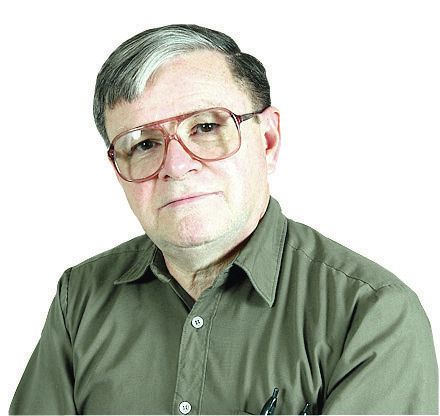Click here to subscribe today or Login.
Down the aisle swept the bride, wedding dress flowing as organ music pealed and, at home, legions of viewers stared at their TV screens, eager to hear the final “I do.”
Was it a pair of movie stars or regally bedecked royalty tying the knot?
No, it was nothing of the kind, just a series of perfectly ordinary couples who had chosen to get married on nationwide television.
Though the concept seems bizarre today, the afternoon wedding show was a staple of popular entertainment in the early days of TV.
As the tube’s new season nears, see how many of these other now-defunct kinds of television series you recall.
The panel show: Whether titled “I’ve Got a Secret” or “What’s My Line,” this kind of show featured a quartet of witty and formally dressed celebrities who had to ask probing questions and identify something about a person seated next to the host, perhaps a distinction or an unusual job.
The drama anthology: Some of the classiest entertainment ever seen at home came via “Studio One” or “Playhouse 90,” with a completely new story and new cast of top-rank performers every week. Done live, these shows’ smoothness of execution was a tribute to the professionalism in front of and behind the cameras.
The “adult western”: Sometimes called the “oater” or the “horse opera,” the western series with high drama and strong characterization ruled the family bunkhouse in the 1950s and early 1960s. In tone, these old classics ran from the genial Cartwrights of “Bonanza” to the edgy Paladin of “Have Gun, Will Travel.”
Live comedy-variety: Drawing inspiration from vaudeville, “The Ed Sullivan Show” and “Caesar’s Hour” were just two of the hour-long extravaganzas that could offer anything from a guy balancing dishes on a stick to rollicking vignettes about everyday life.
Game shows: Oh, we’ve got some game shows today. But the old-time versions sometimes went out of their way to embarrass the guests, and that was part of their appeal. On “Truth or Consequences” a person could be forced into a degrading situation on the street – like begging – only to have an acquaintance “accidentally” stroll by.
Virtual nightclubbing: Those who would never rub elbows with the rich and sophisticated could enjoy the next best thing by listening to Tony Martin or Vaughn Monroe croon before a full orchestra and a line of dancers. Hey, it was a lot cheaper than buying a tuxedo and hitting a Manhattan nightspot.
Comical kids: The popular “Juvenile Jury” featured very young children offering hilariously garbled “advice” on viewers’ questions. Classic host Art Linkletter drew roars of laughter by posing topics of the day to grade-schoolers lined up on chairs during his daily afternoon program “House Party.”
Moral betterment: On “The Loretta Young Show” or “Family Theatre” you could be sure of learning a lesson such as the importance of forgiveness while watching weekly guest stars in very good drama. A more direct route was taken by the charismatic Bishop Fulton J. Sheen in his weekly talks before a chalkboard.
Upscale entertainment: Early TV wasn’t afraid to present anything from an opera (“NBC Opera Company”) to the imaginative “You are There,” which let viewers eavesdrop on world-shaking events such as a Civil War battle or the very first jazz concert – done live, by the way.
So is TV better or worse today? No one can say definitively. Best thing to do is enjoy your favorite shows, because in 50 years they’ll be ancient history too.





